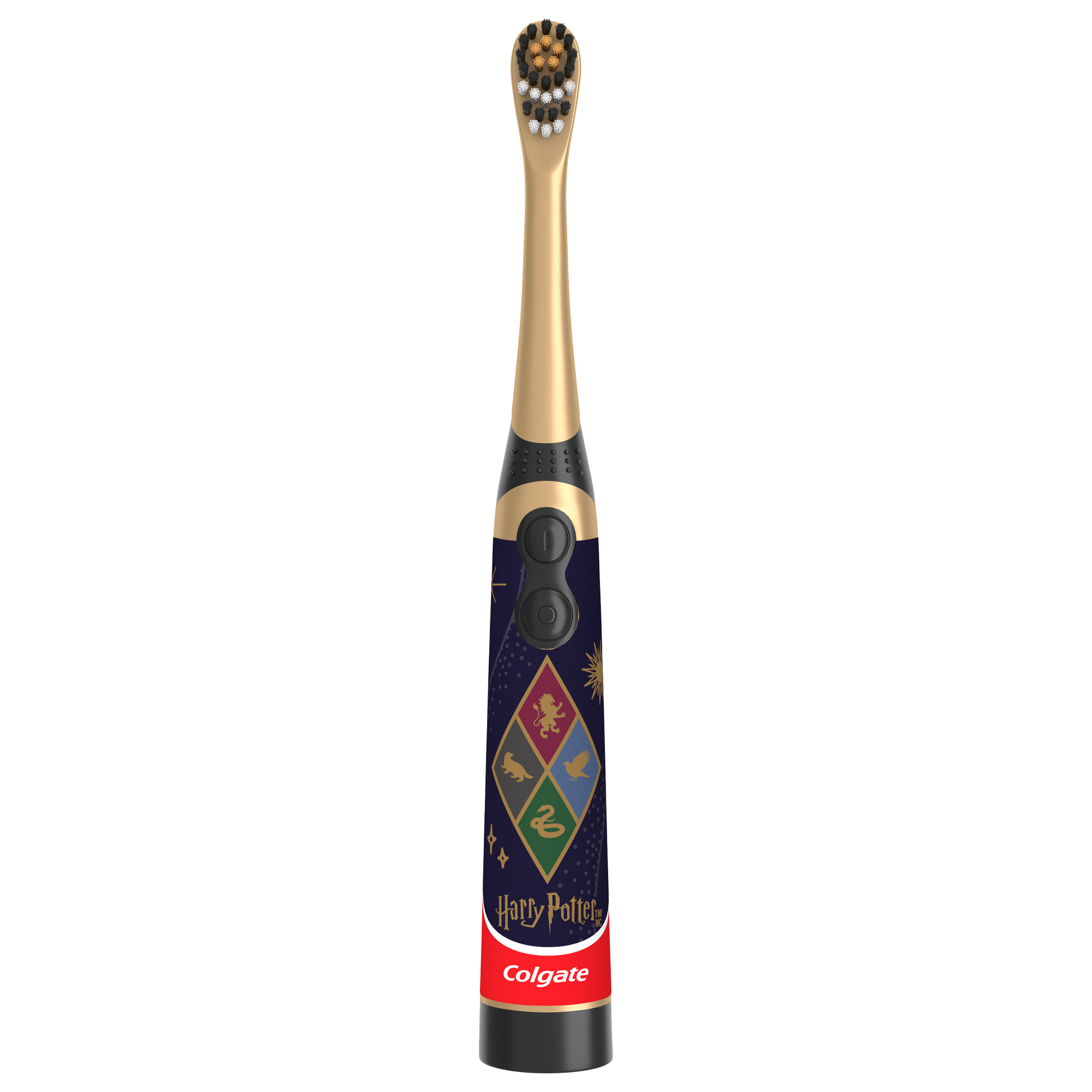Is It Teething or an Ear Infection?
While teething occurs in your baby's oral cavity and an ear infection occurs in their ear, they both have similar symptoms. An ear infection is an infection of the middle ear, the air-filled area right behind the eardrum. They're quite prevalent in children, and common symptoms include:
- Ear pain
- Tugging their ear
- Trouble sleeping
- Crying more than usual
- Fussiness
- High fever
- Loss of appetite
While you may not visibly see the ear infection, you should be able to notice red, swollen gums when your baby is teething. Other common signs of teething include:
- Decreased sleeping
- Excessive gnawing or biting
- Fussiness
- Low fever
- Tugging their ear or cheek
- Loss of appetite
Some of these symptoms overlap, but many differentiate one from the other. Trust your parental instinct and pinpoint those symptoms to recognize what your baby is experiencing.
Symptoms of Baby Ear Infections
Because your child isn’t old enough to say, “my ear hurts” it’s helpful to know the symptoms of baby ear infections that don’t overlap with teething. These include:
- Fluid or pus draining from the ear
- Snoring or mouth breathing if adenoids are enlarged (same bacteria)
- Clumsiness or problems with balance (more noticeable in toddlers)
- Trouble hearing or responding to quiet sounds
If common teething and ear infection symptoms (fever, ear tugging, fussiness, trouble sleeping) are accompanied by drooling, or excessive gnawing and biting you can probably attribute it to teething. If you see fluid draining from the ear or one of the other symptoms indicated above it could be an ear infection. If in doubt, check with your baby’s doctor. Your doctor may monitor your child’s condition to see if it improves before prescribing treatments.
Does Teething Cause Ear Infections?
So, teething and ear infection symptoms are similar. But does one cause the other? Nope. No. Never. Ear infections are typically bacterial infections. Teething is a natural developmental stage around the 8-month mark. There's no connection to each other. They just happen to occur during a similar window in your baby's lifetime. Similar symptoms, close proximity, but that's it. Hopefully, you can avoid ear infections and tame the teething stage.
Is Your Baby's Pacifier to Blame?
Any parent knows the struggle of getting a baby to stop crying or to fall asleep. Enter the pacifier. The calming comfort it provides is extraordinary. But some studies have connected pacifier use to an increased risk of ear infections. Long-term pacifier users could also have their oral health affected in a variety of ways. Use it sparingly, and then try to wean them off their binky by the time they reach 1-year-old. Better safe than sorry with your little ones.
How Can You Help?
Okay, you looked at the symptoms, and you determined it's not teething but an ear infection. Cool. Consult your pediatrician to find the best treatment option for your child. Here are some common options, according to the Mayo Clinic:
- Wait and see. In milder cases, it's best for the infection to heal on its own.
- Over-the-counter pain relief. Use the correct pain reliever dosage specific to your baby's age.
- Anesthetic drops. For numbing the pain.
- Antibiotics. Depending on their age, length of infection, and fever temperature, antibiotics may be recommended.
- Tubes. With more severe and frequent ear infections, a procedure to drain the liquid with tubes is a possibility.
If, however, you know your baby is teething, you have some options as well. Some common teething treatments include:
- Massage. Gently massage their gums with your finger or gauze.
- Spoon. Numb the gums with a chilled spoon.
- Teething ring. Give them a rubber chilled (not frozen) teething ring.
While both teething and ear infections are unrelated, neither is underrated. Both require a proper diagnosis and swift and sensitive treatment from parents. If you have any questions, reach out to your dentist or pediatrician. Your baby's smiles are worth it.
Oral Care Center articles are reviewed by an oral health medical professional. This information is for educational purposes only. This content is not intended to be a substitute for professional medical advice, diagnosis or treatment. Always seek the advice of your dentist, physician or other qualified healthcare provider.
ORAL HEALTH QUIZ
What's behind your smile?
Take our Oral Health assessment to get the most from your oral care routine
ORAL HEALTH QUIZ
What's behind your smile?
Take our Oral Health assessment to get the most from your oral care routine















